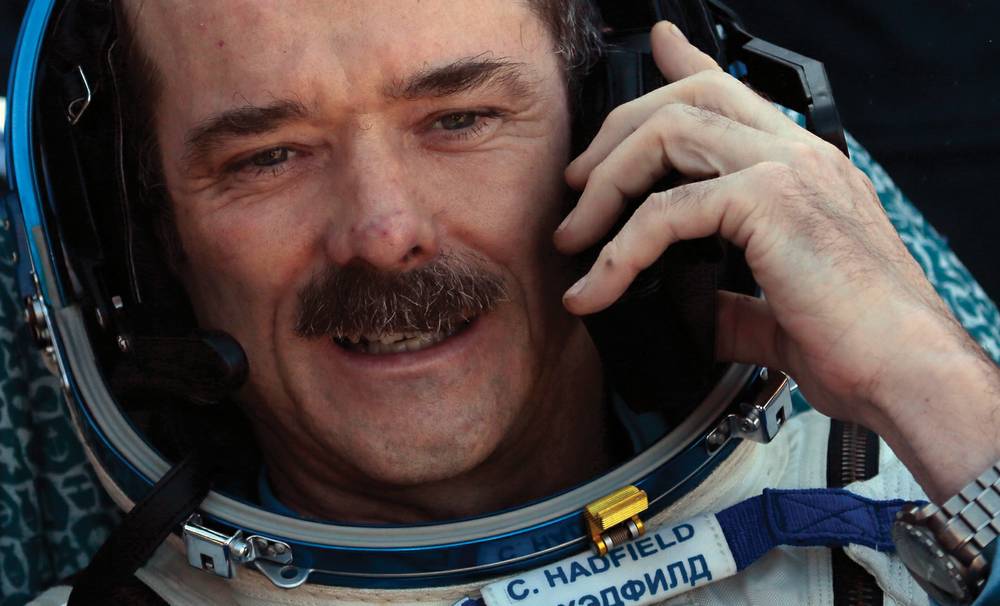“Traveling at 17,500 miles per hour, the margin for error is very slim.” Former International Space Station Commander Chris Hadfield was talking about photography when he wrote that in his book of images from the ISS, You Are Here: Around the World in 92 Minutes, but it applies to almost everything about life in space. Speaking in Vegas, here’s what the astronaut had to say about flying rockets, zero-gravity downtime and commercial spaceflight:
How to take 45,000 pictures: NASA doesn’t build time into astronauts’ schedules for photo shoots, so Hadfield produced images in three-minute bursts between tasks. “At the end of the day, I have a pocketful of images of the world,” which the ISS circumnavigates 16 times daily.
You don’t ride a rocket to space. You fly one, and “if you do things wrong, you die.” During ascent, Hadfield said, 90 percent of your brain is asking, “What’s the next thing that’s going to kill us?” and dealing with problems before they arise. “The other 10 percent of your brain is running around the cockpit like a 6-year-old boy, going, ‘This is so cool!’”
Astronauts work overtime. The six people stationed at the ISS work 16-hour days, seven days a week, and do two hours of daily exercise. That doesn’t leave much downtime. Hadfield said they play guitar, watch TV and conduct little experiments: “Do a thousand somersaults. Go to the bathroom and go upside down because it’s fun.”
Commercial spaceflight is inevitable, in fact, it’s already here. “Spaceflight has always been commercial,” Hadfield explained. “The Space Station is run by Boeing for profit. The shuttles are built by Rockwell.” As for those shuttles booking customers who aren’t the government? “I’m all for it.” But it may take awhile: “They’ve been 18 months from flight for the last 10 years.”








